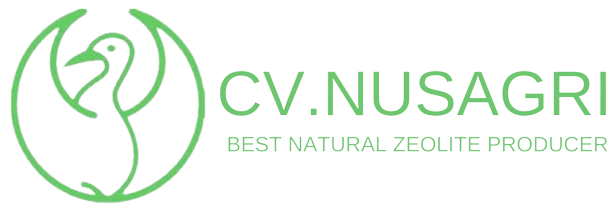
Poultry farming is one of agriculture sector that produce poultry product, such as eggs and meats. The product is very important, because it used as cooking material or even for industrial material. Lot of people consumed poultry product every day. Poultry farming, raising of winged animals locally or economically, fundamentally for meat and eggs yet additionally for quills. Chickens, turkeys, ducks, and geese are of essential significance, while guinea fowl and squabs (youthful pigeons) are mainly of neighborhood intrigue. This article treats the standards and practices of poultry cultivating. For a conversation of the nourishment worth and handling of poultry items, see egg and poultry preparing.
Business poultry taking care of is an exceptionally consummated science that guarantees the most extreme admission of vitality for development and fat production. High-caliber and even protein sources produce the most extreme measure of muscle, organ, skin, and quill development. The fundamental minerals produce bones and eggs, with around 3 to 4 percent of the live fowl being made out of minerals and 10 percent of the egg. Calcium, phosphorus, sodium, chlorine, potassium, sulfur, manganese, iron, copper, cobalt, magnesium, and zinc are completely required. Nutrients A, C, D, E, and K and the entirety of the B nutrients are likewise required. Anti-infection agents are generally used to invigorate craving, control destructive microscopic organisms, and forestall illness. For chickens, current apportions produce about 0.5 kg (1 pound) of the grill on about 0.9 kg (2 pounds) of feed and twelve eggs from 2 kg (4.5 pounds) of feed.
Large scale production of chicken meat and eggs started in the mid-twentieth century, yet by the center of that century meat production had exceeded egg production as a specific industry. The market for chicken meat has developed drastically from that point forward, with overall fares arriving at almost 12.5 million metric tons (about 13.8 million tons) by the mid-21st century.

The first audit on the impact of Zeolites on animal production (cultivating) was introduced by Mumpton and Fishman (1984). During the 1980s there were in excess of 60 articles managing zeolites application on poultry production, and there was a lot of energy for this new feed fixing. Evans (1989) managed in extraordinary profundity and detail with almost all the articles managing the impact of zeolites on poultry production and execution. By 1990 it gave the idea that zeolite was not as promising as it at first showed up, because of the revelation of its job in aflatoxicosis.
The cation exchangeability of zeolite may decrease the lethality brought about by the ingestion of overwhelming metals (Lake et al., 1995; Bartko et al., 1995). Strikingly, zeolite could itself contain a wellspring of lethality. It is conceivable that when zeolite separates in proventriculus or gizzard, aluminum is filtered out. This has not generally been borne out in look into findings. Then again, the elevated level of aluminum, particularly inside characteristic zeolite (the option of 1% zeolite to the eating regimen will include 0.15% aluminum) in itself could be poisonous. What’s more, Elliot and Edwards (1991) demonstrated that aluminum contained inside manufactured zeolite particles might be solvent in the gastrointestinal tract of laying hen and grill chickens, diminishing the usage of phosphorous.
Consideration levels of zeolite can differ from 1% to 10%. While ordinary suggested levels for engineered zeolite is 1%, the normal zeolite prescribed levels are accounted for to be as high as 10%. These distinctions in portion reflect the significant substance and physical attributes among normal and manufactured zeolite and the debasement level of characteristic zeolites. Khademi (2003) detailed that up to 7% incorporation of normal zeolite improved both nourishment utilization and execution while over this level, regular zeolite has an unfavorable impact. Ingram et al. (1988) detailed that flying creatures exposed to warm pressure benefited from the consideration of 1.5% engineered zeolite in the eating routine. The consideration of 1.5% manufactured zeolite for fowls confronting heat pressure is accounted for to have a beneficial impact on exhibitions.
Water utilization, just as dampness substance of litter, were decreased when zeolite was remembered for the eating routine of grill chickens. The best credit given to zeolite is its beneficial impact on feed efficiency in the two layers and oven chickens. Zeolites may encourage blood seepage from villi, and increment the action of brush fringe cells, which thus could improve assimilation and retention of supplements.
Thank you for reading our article about Zeolite in poultry. Keep in touch with Nusagri to get information about zeolite minerals. Nusagri have been exported tons of natural zeolite overseas. Check our website to order natural zeolite.
